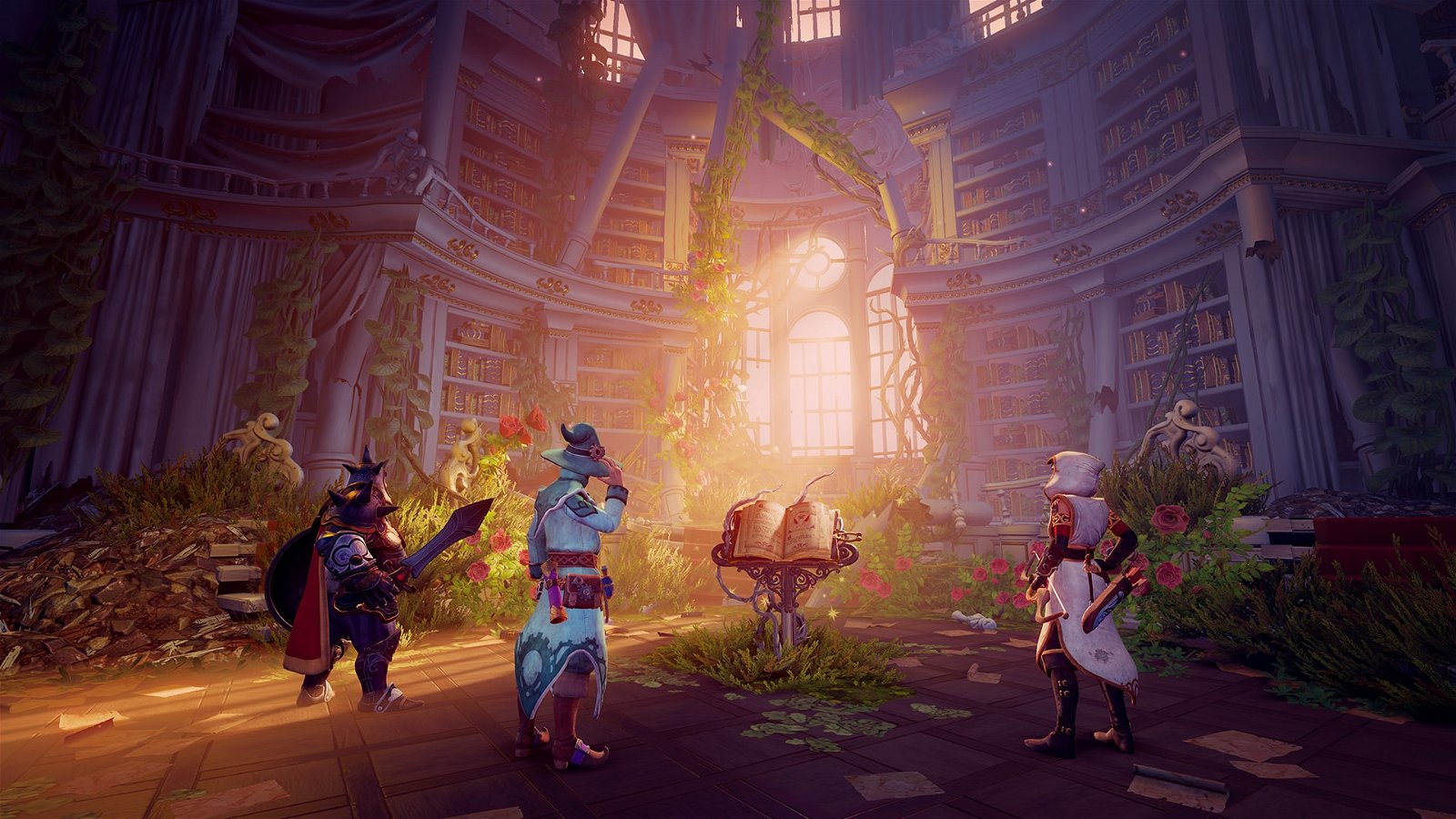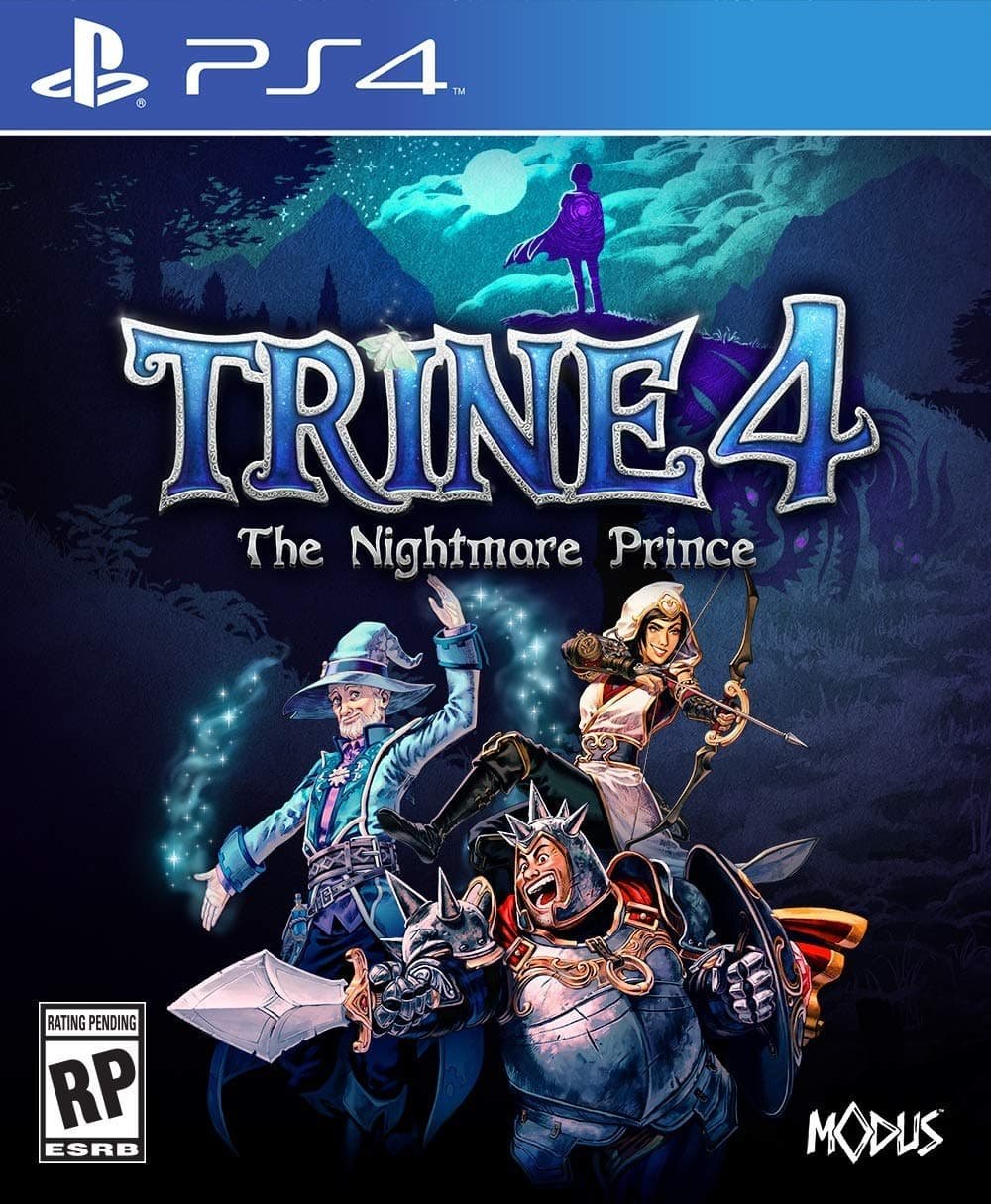Trine 4: The Nightmare Prince does not return to the series roots so much as it evolves them.
For a series known for lavish worlds and delightful co-op puzzles, Trine 4 feels like the developers at Frozenbyte have spent the four years since Trine 3 was released and gone back to the drawing board to figure out what makes it all tick. In a pleasant turn, that means creating some of the most inspired and, frankly, entertaining puzzles that I’ve played in a side-scrolling platformer in quite some time.
The heroes of Trine — Amadeus the wizard, Zoya the thief, and Pontius the knight — are called back into action to retrieve young Prince Sellius. He’s fled from the academy where he’s been studying due to his magical talents mixing with nightmares, resulting in creatures slipping into reality that should not be. The trio is tasked with getting him back, kickstarting an adventure that spans a multitude of gorgeous levels filled with puzzles to solve and beasties to smack.
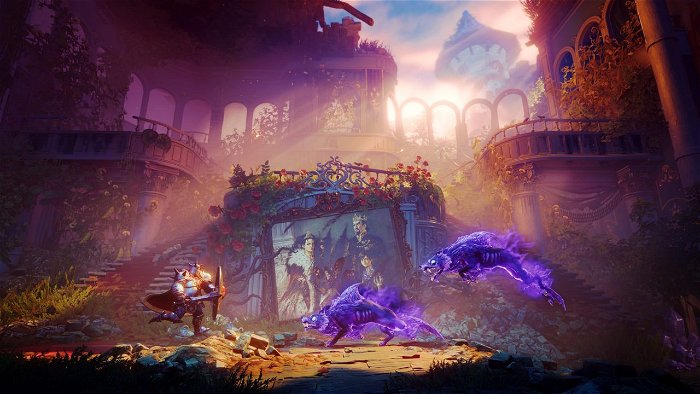
And I do mean gorgeous. Returning to a 2.5D landscape after a brief switch to 3D for Trine 3, Trine 4 shimmers brilliantly from beginning to end, covering a multitude of environments and fantasy locales while remaining vibrant throughout. Improved lighting and particle effects lead the way, making up for what feels like a more muted but still colourful aesthetic all around. Earlier Trine games have been compared to fairy tales, and while the comparison was not without merit, it has more truth here than it ever did before.
A standard level in Trine 4 tasks you with solving puzzles across a specific environment, like a hedge maze or a dream castle, that typically features a specific theme that you acclimate to as you progress. Each hero has a specialty, such as Amadeus’ magic that creates boxes, Zoya’s ropes that she can use as either a grappling hook and Pontius’ shield that reflects any attack or projectile. There are two forms of skill advancement — experience gained through combat, which automatically unlocks new abilities in a set order, and experience found through exploration, which is predominantly used to unlock modifiers for existing abilities such as the ability to levitate enemies or score critical hits with a bow. While the former is used to dole out new concepts and methods of traversal at a steady pace, the latter can be safely ignored if one so chooses.
Like past games in the franchise, you have the ability to switch between each of the heroes whenever you want, and in multiplayer, choose from any combination of the three heroes in four-person local and online co-op. Which means, if you really wanted to, you could run a party of four wizards to run through the entire game.
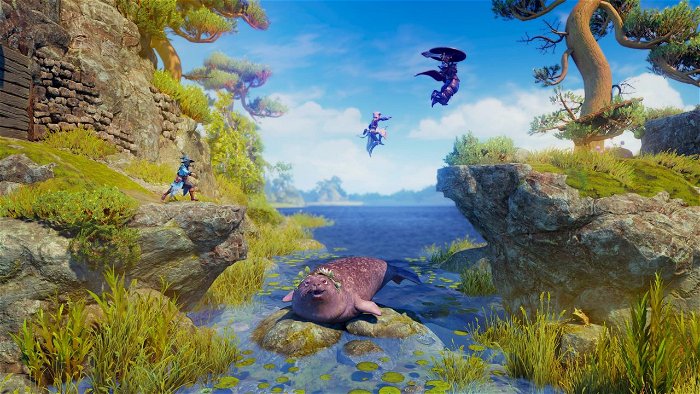
Far from being nonoptimal, the beauty of Trine 4 is that you absolutely can do that. That’s because each puzzle can be approached in a multitude of ways, and there is rarely just one solution. For example, one puzzle could task you with reflecting light onto a sigil to open a gate. You could switch to Amadeus and telekinetically move some boxes to create artificial mirrors to get the job done, or you could switch to Pontius and use his shield to reflect it back. This is a simple solution to a simple puzzle, but they get much more complicated and introduce far more elements to deal later on that ensures that nothing ever feels stale.
The beauty of the puzzles in Trine 4 lies in how they are staged. Each puzzle takes up a single screen, with no elements lying outside that would be missable, apart from the occasional secret passage. It’s what keeps the puzzles from feeling truly frustrating at times, as you’ll always know that the solution lies somewhere in the frame. Plus, the longer you stare, the longer you get to notice all the little details that are sprinkled in the backgrounds that keep everything fresh.
Trine 4 also successfully pulls off the trick in making both the single-player and multiplayer modes worthy of your time. This is because puzzles change depending on whether you’re playing by yourself or with others. Better yet, they’re so well-designed that playing one before playing the other will not necessarily give you an advantage. You will always need to come up with new approaches to advance, and wracking your brain to come up with a solution rarely, if ever, gets tiresome.
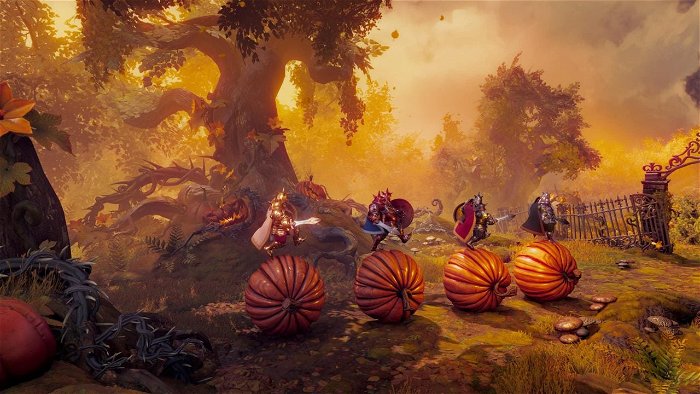

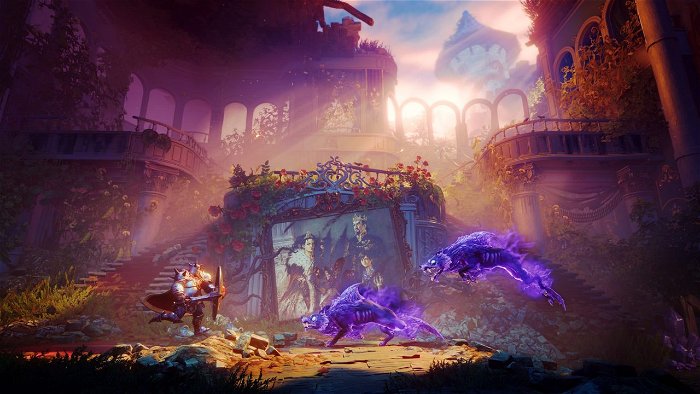
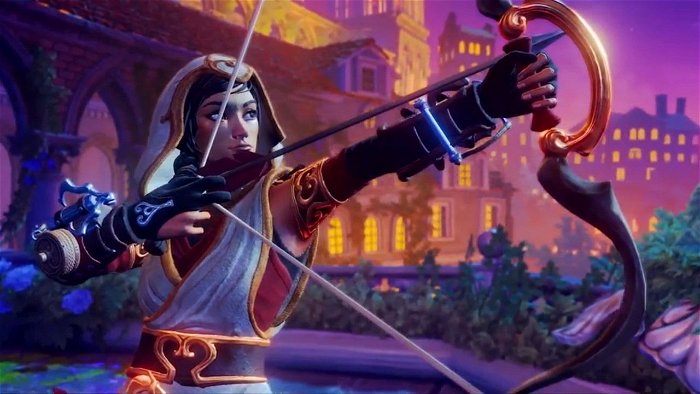
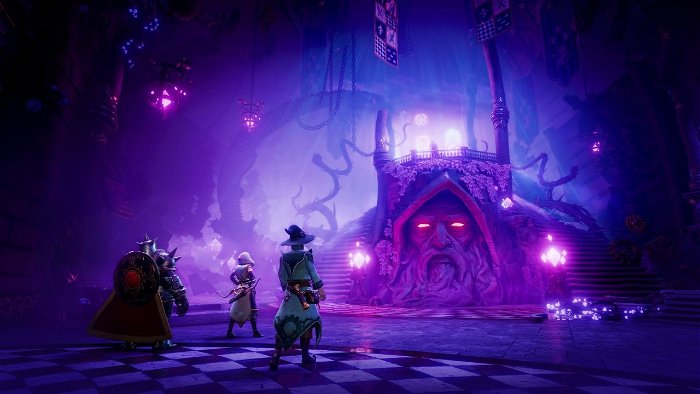
The same cannot be said for the combat. Most of the time, fighting nightmares and enemies is tedious. They are rarely interesting, and for the most part can be conquered by utilizing basic attacks over and over again. The exception to this is boss fights, which are much more challenging and require much more thought in comparison to the run-of-the-mill battles. The best part about them is that they are over quickly, giving you more time to confront and deal with the more engaging puzzles.
Still, it’s fortunate that the vast majority of your time spent in Trine 4 will be tackling puzzle after puzzle. The multitude of tools at your disposal means that you’ll be able to confront each challenge however you want. And thanks to Frozenbyte’s impeccable design, you’re going to have a good time doing it.
